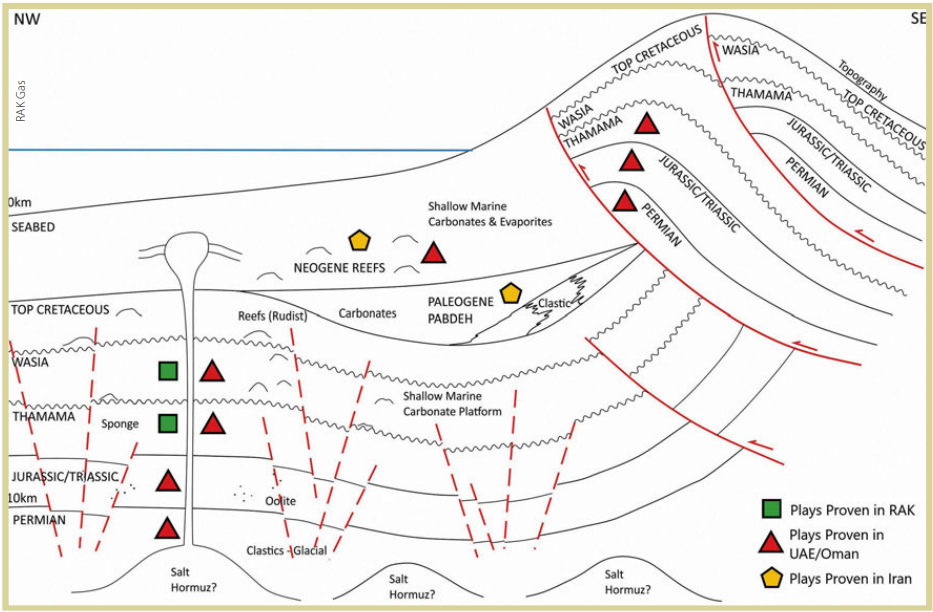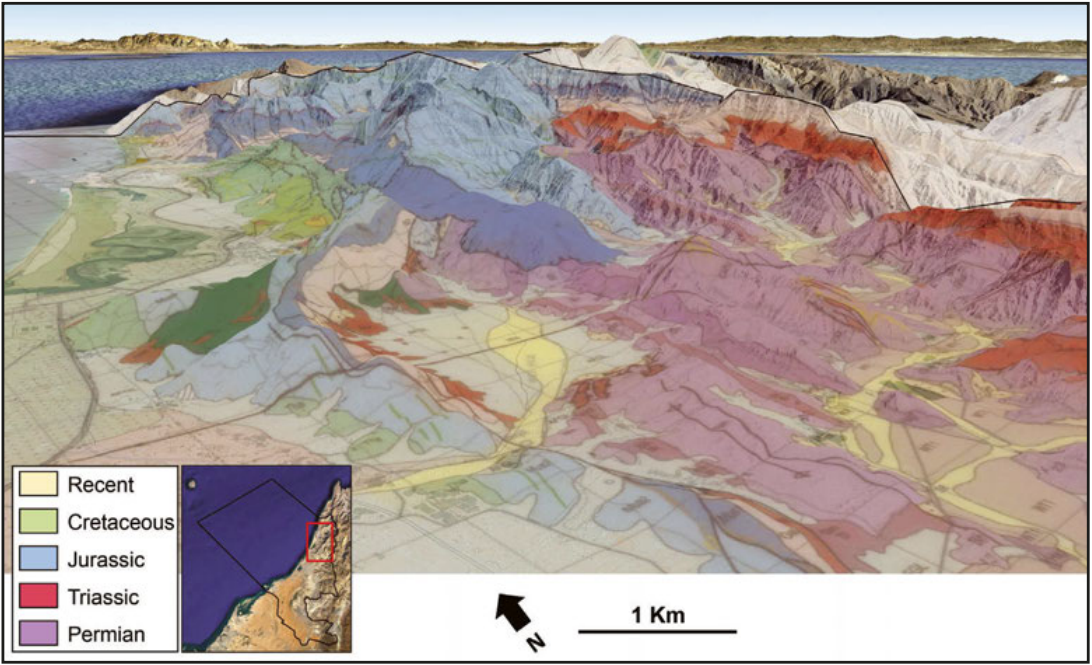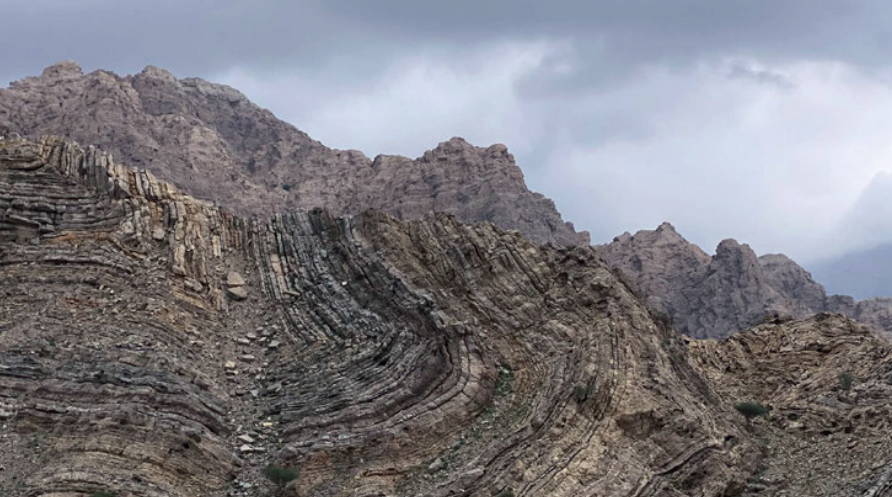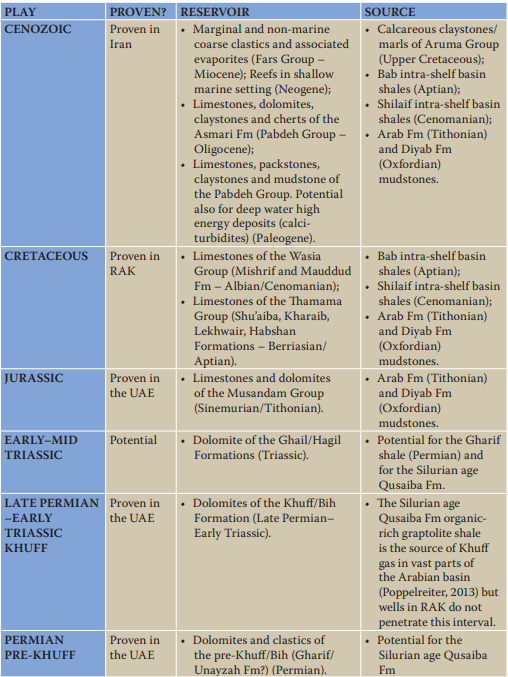Ras Al Khaimah (RAK) is the northernmost Emirate of the UAE and borders the Musandam Peninsula, the Omani exclave that protrudes into the strategic Strait of Hormuz. The Emirate is famous for its rich history, dating back seven millennia, and for its diverse natural beauty such as pristine beaches and desert landscapes, set against the background of the Hajar Mountains.
RAK is also becoming an important international business centre and hosts a large number of companies from across the globe. These represent various sectors and industries such as oil and gas, banking, tourism, pharmaceuticals and minerals. Centrally positioned at the crossroads between Europe and Asia, the emirate is an ideal base from which to expand into the Middle East and Africa. For the past decade, Ras Al Khaimah has been consistently rated ‘A’ by Fitch and Standard & Poor’s rating agencies and already the Emirate is home to more than 38,000 businesses from 100 countries representing over 50 industries (from RAK Media Office).
The Emirate is led by His Highness Sheikh Saud Bin Saqr Al Qasimi, UAE Supreme Council Member and Ruler of Ras Al Khaimah, and His Highness Sheikh Mohamed Bin Saud Al Qasimi Crown Prince of Ras Al Khaimah.
The Oil and Gas Sector Ras Al Khaimah
The oil and gas sector of the Emirate is regulated by the RAK Petroleum Authority (RAKPA), the entity that oversees the management of the petroleum resources (upstream and downstream).
The national energy company of Ras Al Khaimah is RAK Gas, which is 100% owned by the Government of RAK. RAK Gas manages a portfolio of operated and non-operated participation in upstream exploration properties in the Middle East and Africa. The company also owns processing facilities at the Khor Khwair gas plant, comprising two separate gas treatment trains that have been involved in the processing of gas from Oman’s Bukha and West Bukha fields and the neighbouring emirate of Umm AlQuwain.
The domestic assets were the subject of a successful licensing round in 2018, which attracted the interest of major and supermajor oil companies. At present the entire offshore domain (Block A) is operated by ENI (90% interest), while Block 5, onshore and transition zone, is operated by PGNiG (90%interest). The two remaining onshore concessions (Blocks 6 and 7) are still open for investment (Figure 1).

Ras Al Khaimah is surrounded by multi-Tcf operated fields and discoveries, with over ten producing oil and gas fields within a 70 km radius. The closest examples are the Bukha fields in Oman to the north-east and the Sharjah, Mubarek and Umm Al Quwain fields to the south-west.
To date, two historical discoveries have been made inside the emirate: the Saleh field (gas and condensate) and the RAK B undeveloped discovery (oil, gas and condensate), both located offshore Ras Al Khaimah approximately 45 km from the coast. Both Saleh and RAK B targeted the Cretaceous carbonates of the Arabian Platform (Wasia and Thamama groups), but did not specifically target shallower Cenozoic or deeper Permian to Jurassic potential.
The Saleh field, in production since 1984, has been operated by various companies (Gulf, Chevron, RAKOPET, RAK Petroleum, DNO) until the operatorship returned to RAK Gas in 2016. The estimated GIIP hosted by the Cretaceous reservoir intervals is in the order of 320 Bcf; 200 Bcf in Wasia and 120 Bcf in Thamama reservoirs. Further reserves are expected to be present in the deeper and shallower sections with the possibility of multi-Tcf potential. The RAK B discovery, made in 1975, about 30 km south-west of Saleh, was initially considered likely to be too small for economic development. Recent work and revised volumetrics suggest that there may be sufficient recoverable liquid resources to enable development with an economic tie-back to Saleh. Further potential is again envisaged to be present in the deeper and shallower sections.
Geological Setting of Ras Al Khaimah
The present day structural and stratigraphic setting of Ras Al Khaimah is strongly related to the compressional event associated with the obduction of the Oman-UAE ophiolite, which took place in the Upper Cretaceous (Turonian). This event, leading to the onset of the development of the Hajar Mountains, contributed to reconfiguring the topography of the area, with a fold and thrust belt dominating the onshore domain, the verge of which is approximately coincident with the current mountain front, and a foreland basin developing to the west of the uplifted area (Figure 2). The offshore domain is mainly characterised by extensional features, which appear to be geometrically reconfigured (often inverted) along the margin of the thrust front (foredeep), due to the influence of the compressional stress field.

The mechanism of the structural development heavily influenced the depositional history of the region, which can be subdivided into a pre-Cenozoic phase, dominated by carbonates, and a Cenozoic phase, characterised by the deposition of clastics and, subordinately, carbonates and evaporates (Figure 3).

Spectacular exposures of the Late Palaeozoic (Permian) and Mesozoic stratigraphy are present in the onshore area (Figures 4 & 5). This section of the stratigraphy is principally represented by limestones and dolomites that were deposited in a stable platform setting on the Neotethys Ocean passive margin. Periodic fluctuations in sea level and the consequent variation in the depositional setting from supratidal (sabkha) to shallow marine (platform) were responsible for the development of hard grounds and the process of dolomitisation, which was extensive between the Permian and the Triassic and occasional in the Jurassic and Cretaceous.

The Cenozoic is largely eroded or not deposited inland but is thickly developed in the offshore domain, filling the accommodation space created in response to the foreland basin evolution. From a lithological point of view, the succession presents thick sections of rhythmically bedded turbiditic sandstones and mudstones, alternated with evaporitic horizons and shallow water carbonate layers.

Treasure Yet to Be Discovered
Ras Al Khaimah’s structural framework is characterised by a number of strongly zoned areas, with extensive thrusting observed onshore to the south-east and extensional fault blocks primarily related to local underlying salt tectonics offshore to the north and north-west. Despite the increased effort required and logistical concerns that this complexity brings to exploration, it also opens up the possibility of a variety of exciting and potentially very rewarding play types to be discovered in the area.
As mentioned, oil and gas exploration and production in RAK territory has been historically limited to the Cretaceous carbonates of the Arabian Platform. However, looking at the bigger picture, major UAE oil and gas accumulations are also encountered in Permian, Jurassic and Middle Cretaceous reservoir units, with minor production from Lower Cretaceous intervals (e.g. offshore Abu Dhabi, Dubai). This could imply the existence of further reserves yet to be discovered at deeper levels than are currently typically targeted.
Additionally, a variety of trap types are left to explore in the Cenozoic section, including reefal, salt onlap, diagenetic, and channel/turbidite traps.
Recent integrated petroleum basin studies, based on 2D and 3D seismic, potential field data (FTG and aeromagnetic) and geological field work, have identified a whole array of proven, potential and conceptual play concepts which could constitute the base for the future exploration of the territory (Table 1).

The number and diversity of the available play solutions (Figure 2) provide clear insights into the great potential still to be unlocked in the Emirate of Ras Al Khaimah.
References
Alsharhan, A.S., Nairn, A.E.M. (2003). Sedimentary Basins and Petroleum Geology of the Middle East (Elsevier Science).
Ellison, R., Woods, M.A., Pickett, E.A., and Arkley, S.L.B. (2006). Geology of the Al Rams 1:50 000 map sheet, United Arab Emirates. (Keyworth, Nottingham: British Geological Survey.)
Ellison, R., Woods, M.A., Pickett, E A, and Arkley, S.L.B. (2006). Geology of the Wadi Haqil 1:25 000 map sheet, United Arab Emirates. (Keyworth, Nottingham: British Geological Survey.)
Ellison, R. (2014) Chapter 6: Life and death of the great Mesozoic limestone factory. 97-132 in Geological evolution of the United Arab Emirates. Over six hundred million years of Earth history. Thomas,R.J. and Euson,R.A. (Keyworth, Nottingham, British Geological Survey).
Florian Maurer F., Martini R., Rettori R., Hillgärtner, H. (2009). The geology of Khuff outcrop analogues in the Musandam Peninsula, United Arab Emirates and Oman (GeoArabia. 14. 125-158).
Poppelreiter, M. (2013). The Khuff Formation: Play Elements and Development History of an Epicontinental Carbonate Platform’. In: Poppelreiter,M., ed. Permo-Triassic Sequence of the Arabian Plate, pp.9-23.
Ras Al Khaimah Government Media Office (https://www.rakmediaoffice.ae/en/home)
Van Buchem, F.S.P. et al. (2011). Late Aptian to Turonian stratigraphy of the eastern Arabian Plate – depositional sequences and lithostratigraphic nomenclature. (Petroleum Geoscience, 2011,17(3):211).





